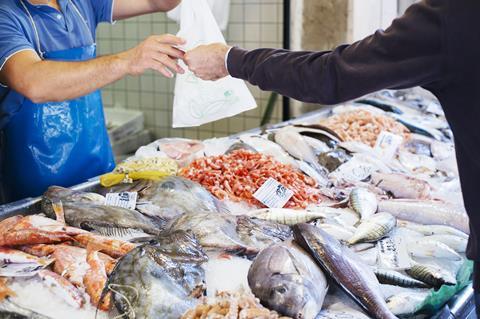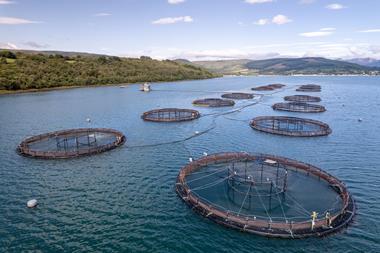
A looming seafood shortage is expected to drive a major uptake of alternatives to popular seafoods, new research from McKinsey & Company has revealed.
The report, ‘The next wave: Alternative-seafood solutions’, indicated that there was likely to be a 14% surge in global seafood demand by 2030.
But with 85% of fisheries already at or beyond their limits and restrictions on fish farming, the report suggested traditional seafood supplies will not be able to keep up with demand.
Analysis from the consulting firm highlighted five popular species – shrimp, tilapia, tunas, salmonids and lobster – as prime candidates for substitution by alternative seafood products.
The report noted that tuna was the third biggest seafood market and was 99% wild caught, due to being the most difficult to farm, making it highly attractive for alternative production.
“Our research indicates how alternative seafoods could help sustainably scale the industry and reduce pressure on fisheries while expanding access to proteins,” said Tom Brennen, partner at McKinsey. “Yet they face significant challenges in lowering production costs to levels comparable with fish and mirroring the wide variety of taste and texture.”
Alternatives have a lower carbon footprint according to the management consultancy as they can be produced locally, with the report showing that tuna has a carbon footprint at the retail level of 0.8kg to 0.9kg CO2 per kg.
McKinsey identified cultivated, fermentation-based and plant-based products as three primary production options that offer promising alternatives to seafoods due to their similarities, high historic investment and market readiness.
“Innovating to improve taste, nutrition and cost is fundamental to achieving wider distribution and reducing pressure on sea and freshwater ecosystems,” Brennan added.
With the fewest regulations and lowest barriers to market entry, the report added that alternative seafoods had already achieved a price of $12-20 per lb in the US.
“Alternative proteins have previously focused on chicken, pork, and beef yet seafood has a competitive advantage over meat as it often sells at a higher price,” said Anders Milde Gjendemsjø, associate partner at McKinsey. “Premium or super premium cuts of bluefin tuna range from $40 to $200 per lb, which is a much easier price for alternatives to hit than $4.99 per lb for ground beef.”



















No comments yet